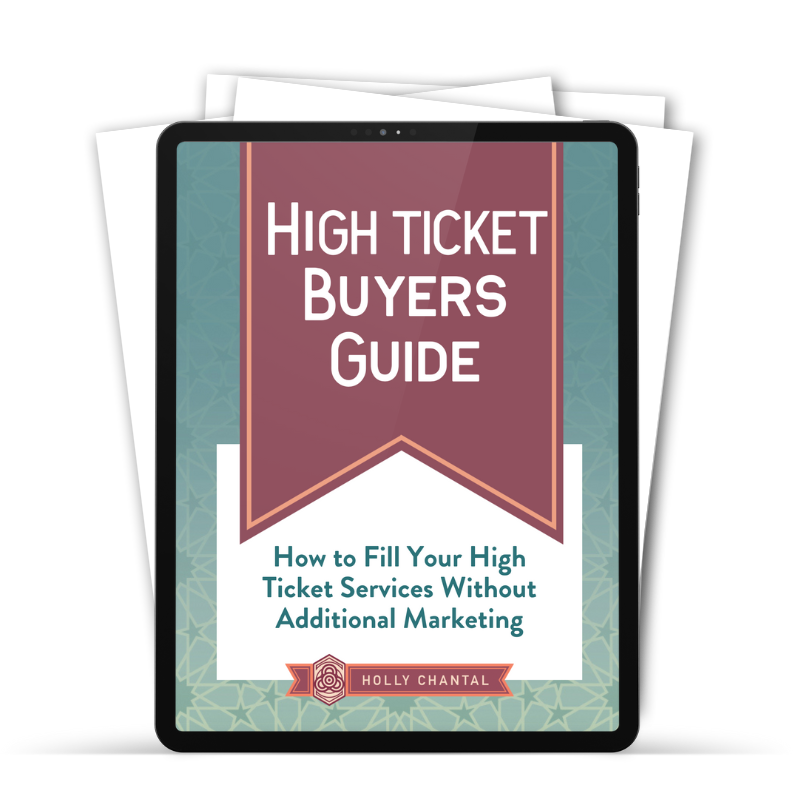Most coaches and consultants have heard of the feast or famine cycle that come with having a coaching business.
Most experts are teaching you that you need to eliminate those hills and valleys and create predictable, consistent income. And of course, I’m not going to argue with that.
You do want to create predictable and consistent income.
However, we want to turn those peaks and valleys which are a natural cycle of business to your advantage.
What we’re talking about are those peaks and valleys in your revenue, which are often called the feast or famine, the hamster wheel, whatever you want to call it. What these peaks and valleys actually are is the natural rhythm of business.
In nature, you will find that everything works on a cycle that there are seasons, there are phases of life, there are natural circles of life that have growth cycles and deaths cycles and your business is no different.
Once you can accept that these hills and valleys are inevitable in your business, then we can really take control and plan for them.
What we want to do is plan out your year by quarters where some are focused on creating a lot of revenue and the quarter in between lands on the valleys that are devoted to taking a step back, setting up for the next peak.
When you do this, you WILL begin to create consistent and predictable income, and while you will still have peaks and valleys your overall baseline will be higher and your valleys won’t be so worrisome.
In a valley quarter you might be working on your website, creating new product or program, delivering the product or program that you just launched and getting ready so that in the “peak” quarter to follow, you’re ready to hit the ground running again and create another income peak.
This begs the question, how are you making money during valley quarters?
.Of course you don’t want your income to stop, so there are a couple of ways to keep cashflow going even when you aren’t actively selling. One, if you’re doing payment plans then you’re going to be spreading out that income over a long period of time.
If you’re not doing payment plans and you’re getting lump sums of money, it’s up to you to be planning appropriately to make sure that you have enough money to cover your expenses, your salary, et cetera. This requires good upfront planning and knowing how much revenue you need to generate over the course of a year in order to reach your goals. Then divvying that up into two, possibly three peaks during the year instead of trying to create a steady monthly figure.
Two, as your visibility and authority grows, and you create more evergreen offers you will find that the residuals of your efforts extend well beyond the initial “push” and this is where true passive income is created.
What often happens for coaches is that they get stuck in one of two places.
Either they are stuck riding the peaks and they are in constant launch mode. This is where burnout happens. This is where you hear coaches saying, “I need to get out of the constant launch cycle!” “I need a break” “I need to not focus on creating something new in the next month”.
The reason that this happens is because they are so focused on making the next dollar that they’re not taking the time to appreciate where they are, get set up, take care of themselves, and they’re really they’re going to end up running their business into the ground.
The other place that it’s easy to get stuck is to be riding the valleys in perpetual set up mode.
Being stuck in set up mode is typically caused by that need for perfection. You’ll find both beginner coaches because they’re constantly redoing their website, or trying to create an entire program before they know if anyone is interested in buying it. They are constantly trying to get things right so that they feel like they have the confidence in order to put themselves out there.
Where established coaches get stuck here is when they aren’t feeling quite so passionate about what they’re doing anymore. Maybe their business took a little turn in the wrong direction or they’re burned out and they need a break. So their brain basically shuts down and forces them into this setup mode where they’re trying to get their inspiration and their energy back.
We don’t want to get stuck in launch mode. We don’t want to get stuck in setup mode. Instead, we want to plan our peaks and valleys with the long view of 12 months from now, will we have made.
As an example, let’s start with the first valley being quarter one. Quarter one is a setup and quarter two is a moneymaking quarter. In Quarter one we might be booking a bunch of speaking engagements. We might be getting that program ready for launch, getting the sales pages or to get the getting the JV partners in order, et cetera, et cetera. Quarter two we’re executing, we’re delivering those speeches. We are doing the webinars with those JV partners. We are launching that product or program.
Then in quarter three we are delivering the product, we’re taking a break and then getting ready for the next launch. We are taking some time to get things in order so that our business does not get out of control. And then quarter 4 is another peak.
Now does this mean you always have to be launching?
“Launch” has kind of become a little bit of dirty word in the coaching industry and you don’t actually need to be launching big products or programs every quarter. You might have activities that are happening kind of like on an evergreen basis. So maybe you’re running Facebook ads that are going to an evergreen webinar and you’re selling some kind of product or program on a consistent basis. But then you also have more concentrated sprints where you are filling a high level mastermind or you’re going to do a speaking tour in order to build authority or launch a book.
I recommend that you set your 12 month goal so you know what your revenue needs to be. And then every quarter you look at the areas of your business that I’ll cover in a moment. These are the things that we cover in the Trailblazers Collaborative, every quarter.
I talked a little bit about what to plan for quarterly in another video, it’s fairly easy to follow.
Every quarter we’re looking at:
1. Revenue: How much money you made, how much money you spent, which investments were good investments, which expenses could be eliminated and then which products or programs were good sellers, et cetera. And setting your goal for the next quarter.
2. Marketing: Again, we’re looking at what did I do in the last quarter, what worked, what didn’t work, what can be improved and what am I going to create in the next quarter in this area?
3. Business Model: As in what programs are you selling, how are they delivered, and where is YOUR time being spent (and do you need more support). You’ll look at what’s working, what’s not working? Do I feel like I have the energy to sustain this? Do I need to make some shifts so that I can spend more time doing things I love? Those shifts might be shifting from a one to one to a one to many model might be creating a home study program. It might be hiring someone, might be training someone to do coaching for you. Those kinds of things. So what kind of shifts we’re going to make in your business model?
Then, lucky number 4: what are the projects that need to be completed, broken down, step by step in order to make these three things happen.
So I encourage you to look at the next 12 months and decide what it is you want your create and then look at these three areas, revenue, visibility and business model. Then sit down every quarter and set your goals and define what works, what doesn’t work, it can be improved.
The more mindful you are about your business, the more you’re going to have satisfaction, the more time you’re going to be able to create. And of course the more revenue you are going to earn.
I hope this was helpful to everyone. Have an awesome day and I will talk to you soon.




